This month’s Short Takes column checks in with two previously-reviewed series: No Guns Life, a sci-fi thriller whose principled hero sounds like Sam Spade and looks like a Remington; and Ryuko, a thriller starring a yakuza assassin who’s hell-bent on avenging her mother’s kidnapping.
No Guns Life, Vol. 2
Story and Art by Tasuku Karasuma
Translation by Joe Yamazaki; Adaptation by Stan!
VIZ Media, 224 pp.
Rated T+ (Older Teens)
After a decent, if predictable, first volume, Tasuku Karasuma finds his groove in volume two of No Guns Life, maintaining a brisk pace while allowing his characters’ personalities to emerge more fully. Though the action occasionally pauses for the characters to expound on important plot developments, these dialogues are less of a drag on the story than they were in volume one; here, they add badly needed layers of complexity to a familiar noir plot line. Better still, Karasuma introduces several new characters who push the narrative in a more interesting direction, hinting at the power and secrecy of the Berühen Corporation, as well as the general public’s mixed feelings about living alongside cyborgs. If Karasuma engages in a little too much fanservice, or relies too heavily on speedlines and sound effects to enliven his fight scenes, No Guns Life is still entertaining enough to make all but the most discriminating reader root for Juzo to succeed. Recommended.
VIZ Media provided a review copy. Click here to read my review of volume one.
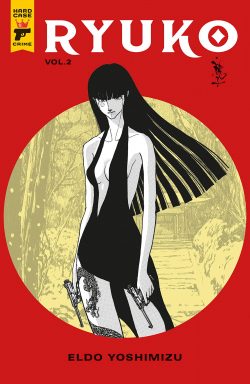 Ryuko, Vol. 2
Ryuko, Vol. 2
Story and Art by Eldo Yoshimizu
Translation by Motoko Tamamuro and Jonathan Clements
Titan Comics, 226 pp.
No rating (Best suited for older teen and adult readers)
Paging the exposition police! The second volume of Ryuko has all the swagger of the first, but leans more heavily into Talking Points Conversation to help expedite its resolution. In some respects, these exchanges are a welcome development, as they clearly—one might say baldly—delineate the various factions’ interest in the Golden Seal, an object whose significance was glossed over in volume one. These passages also help the reader untangle the complex web of relationships among the characters, making it easier to grasp why Ryuko forges an alliance with an avowed enemy and why US military forces are trying to manipulate the outcome of her feud with the Sheqing-Ban. These conversations would feel less forced if the pacing were more even, but the two-volume format is too compressed for such an ambitious, labyrinthine plot to unfold at a reader-friendly pace.
Volume two’s chief attraction is the same as volume one’s: the artwork. Eldo Yoshimizu has a flair for staging car chases, fist fights, gun battles, and dramatic escapes, immersing the reader in the action with his creative use of perspective and fastidious attention to detail; Ryuko’s leopard-print catsuit is practically a character in its own right. In less capable hands, this maximalist approach might be overwhelming, but Yoshimizu’s layouts have a strong narrative pull that leads the eye across the page at the speed of the action, creating an almost cinematic experience. The final confrontation between Ryuko and evil American operatives is a show-stopper involving a motorcycle stunt so outrageous that even Jackie Chan would be impressed with its audacity. None of the story makes much sense, but Yoshimizu’s energetic, bold, and—yes—sexy artwork is cool enough to carry the day. Recommended.
Click here to read my review of volume one.
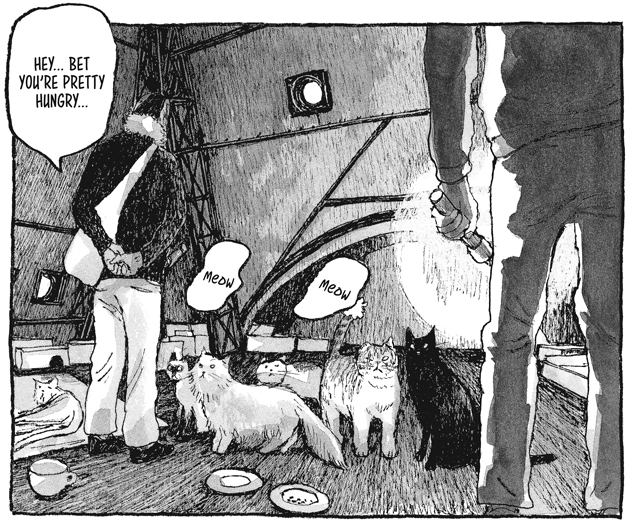


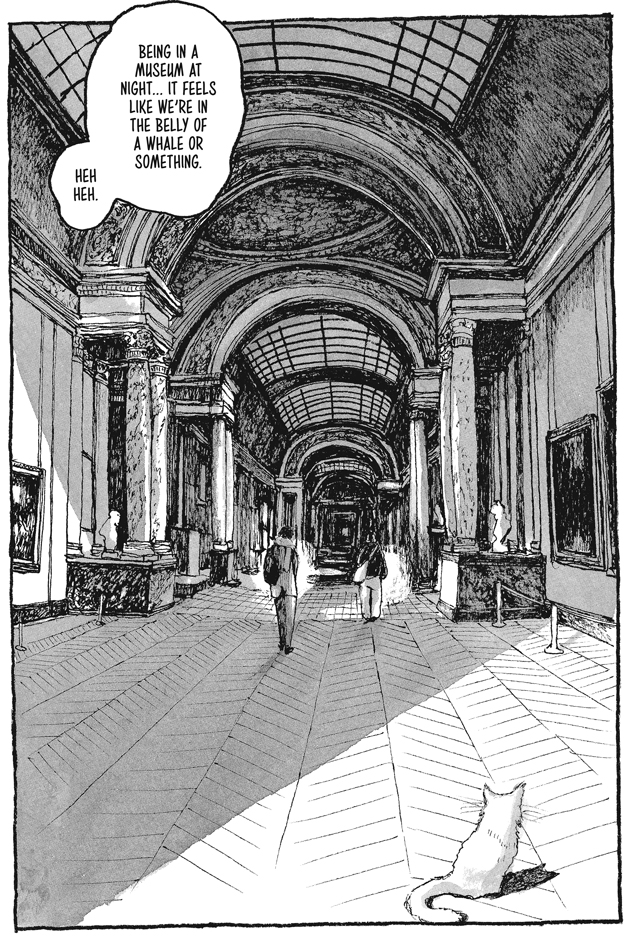
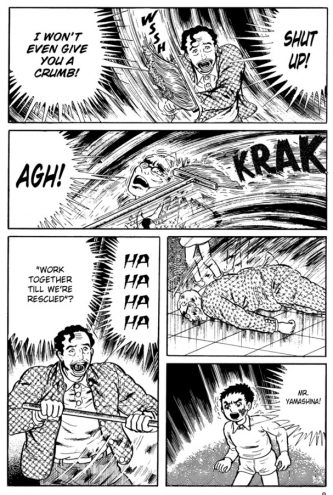
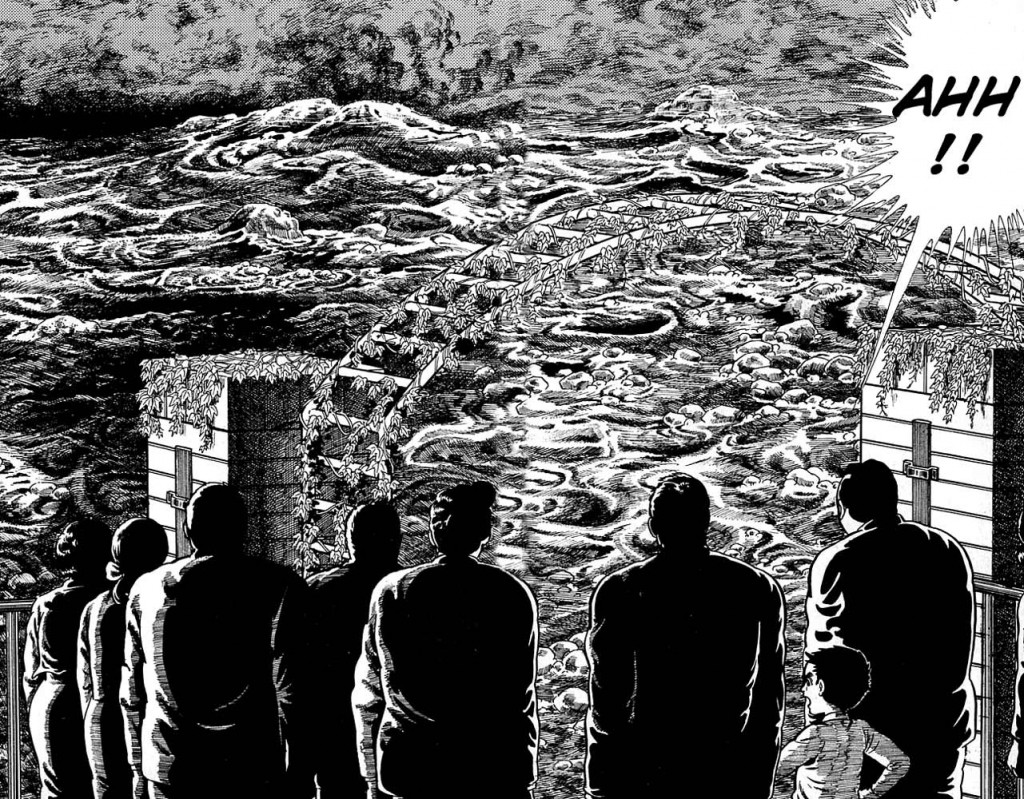
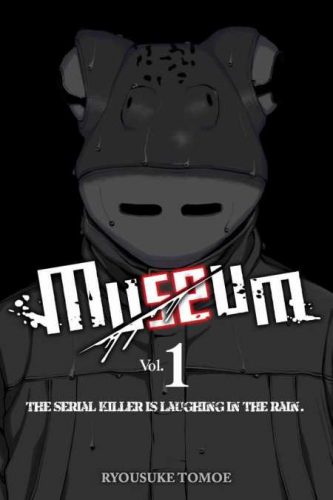
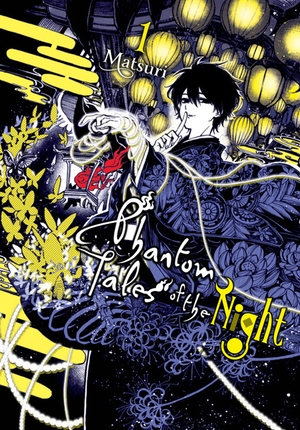
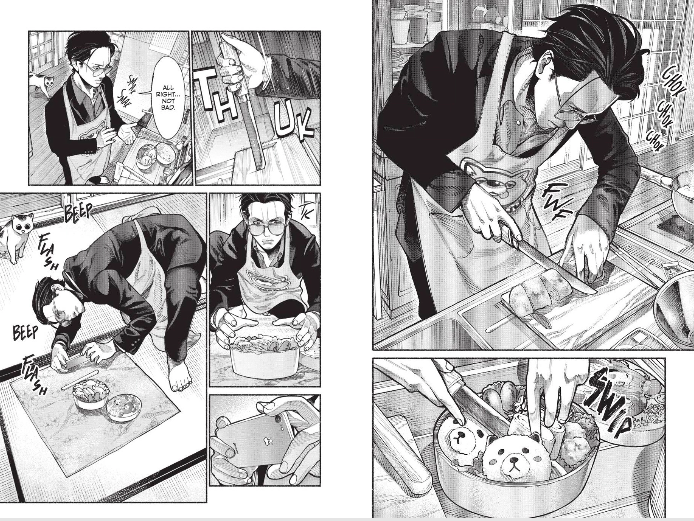
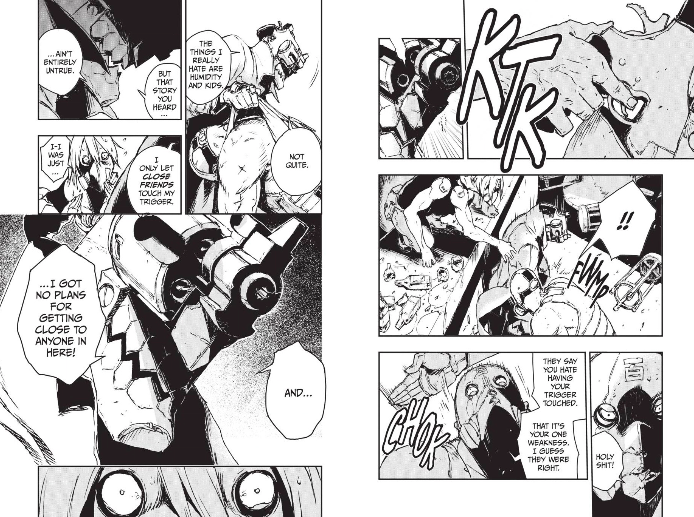
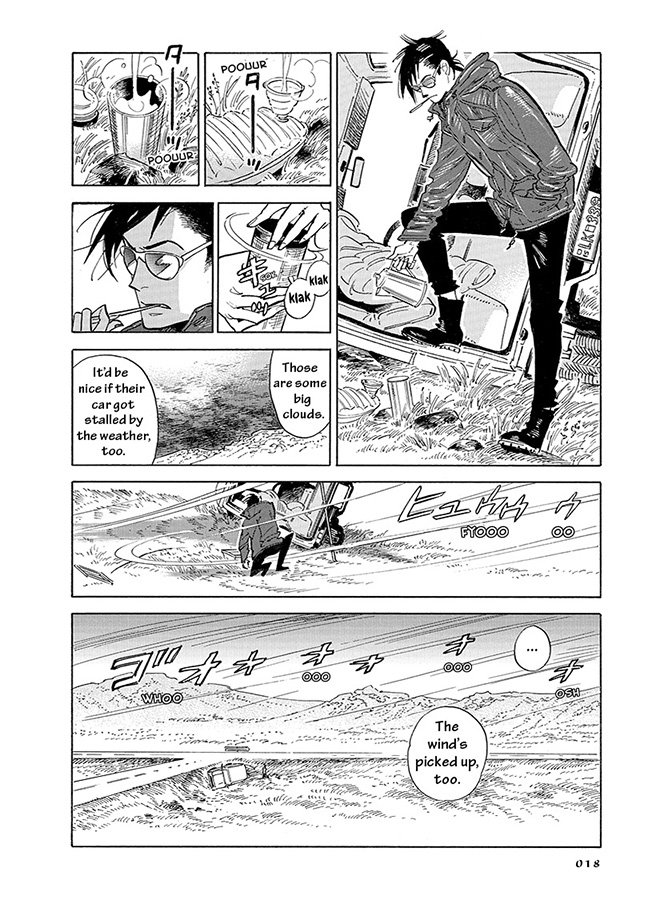

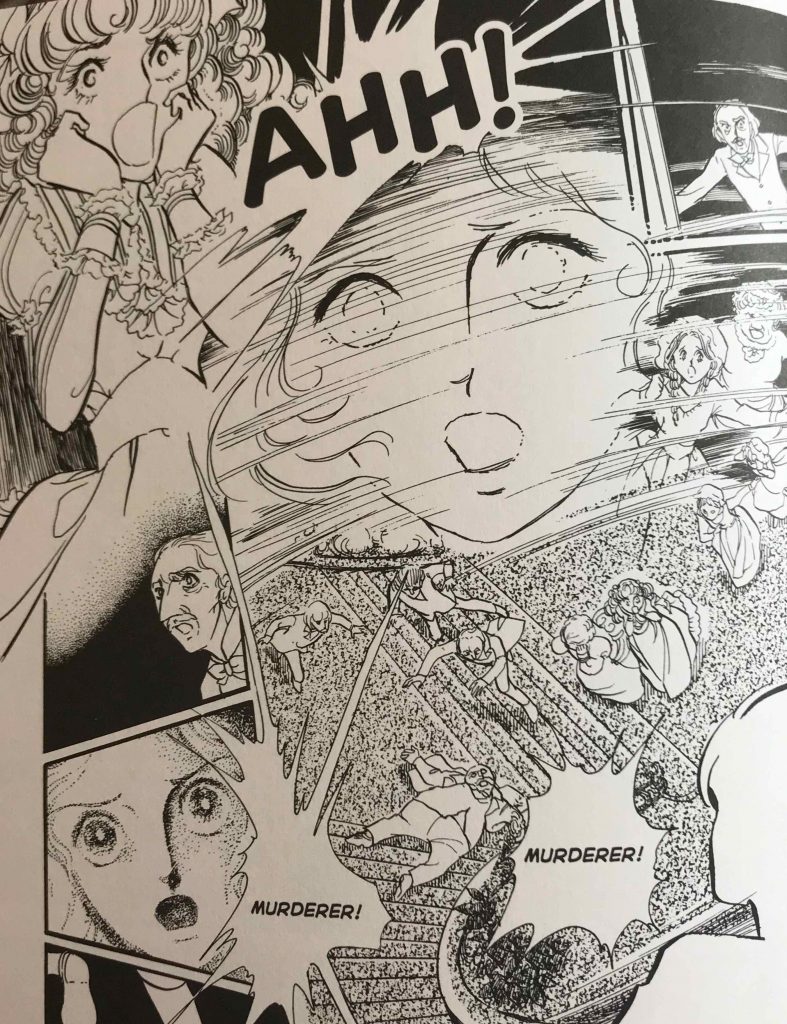
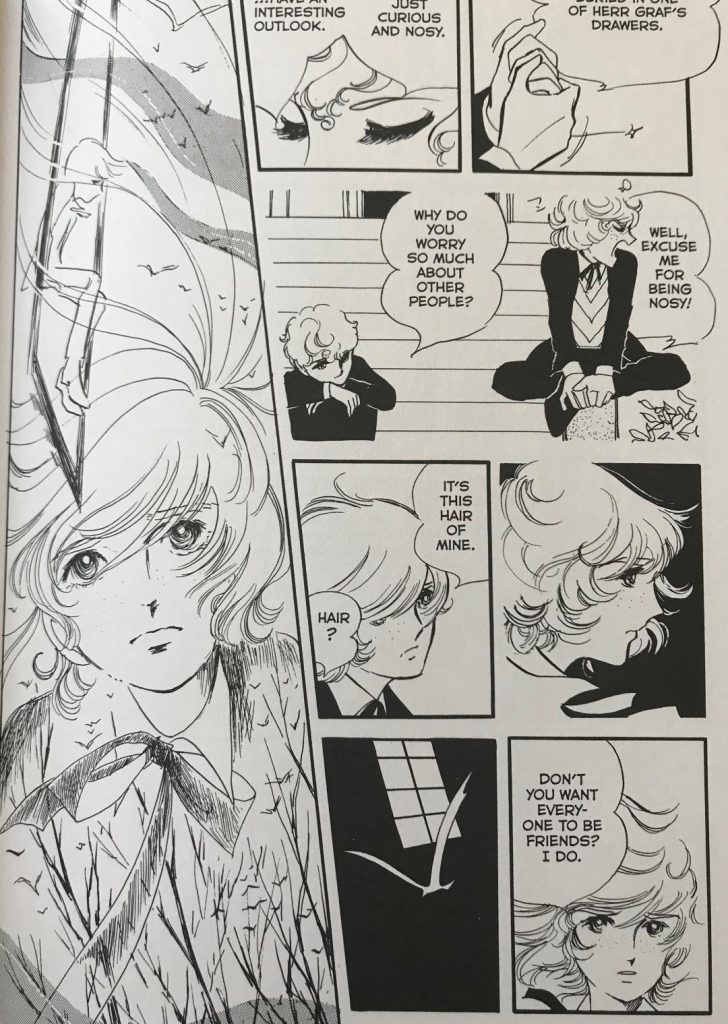
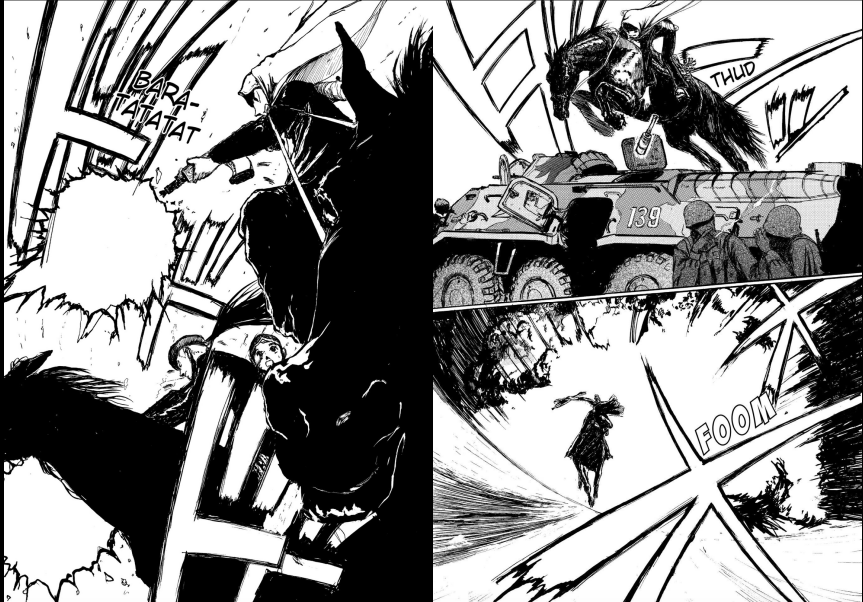
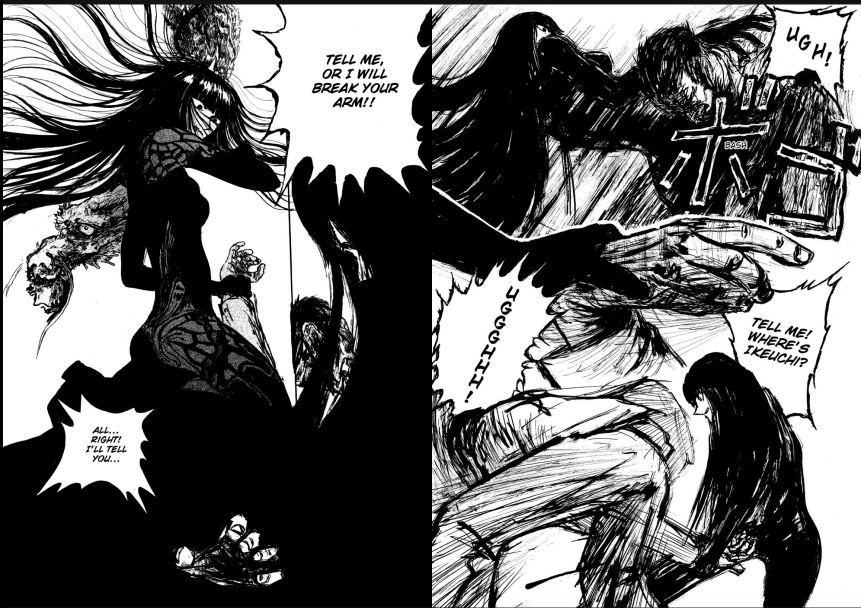
 Daytime Shooting Star, Vol. 1 by Mika Yamamori
Daytime Shooting Star, Vol. 1 by Mika Yamamori Komi Can’t Communicate, Vol. 1 by Tomohito Oda
Komi Can’t Communicate, Vol. 1 by Tomohito Oda Snow White with the Red Hair, Vol. 1 by Sorata Akiduki
Snow White with the Red Hair, Vol. 1 by Sorata Akiduki That Blue Sky Feeling, Vols. 1-2 by Okura and Coma Hashii
That Blue Sky Feeling, Vols. 1-2 by Okura and Coma Hashii Will I Be Single Forever? by Mari Okazaki
Will I Be Single Forever? by Mari Okazaki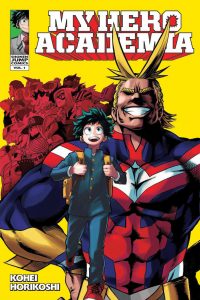 Reviewing nineteen volumes of a manga at once is a pretty daunting task, but here goes!
Reviewing nineteen volumes of a manga at once is a pretty daunting task, but here goes! Meanwhile, just as Izuku is the protégé of All Might, All for One had taken a boy under his wing, as well. Tomura Shigaraki is a nihilistic villain with a particular grudge against All Might. He forms the League of Villains and so far has attempted to assassinate All Might at the school, attacked a training camp and kidnapped Bakugo, and ambushed a police caravan in order to steal Quirk-erasing drugs that had been seized from a former ally. While All Might exhausted the remainder of his powers to vanquish All for One, Shigaraki remains an active threat. Because of the power vacuum left by All Might’s retirement, the U.A. first years are able to take their provisional license exams earlier than normal and also go out into the field in work-study capacity.
Meanwhile, just as Izuku is the protégé of All Might, All for One had taken a boy under his wing, as well. Tomura Shigaraki is a nihilistic villain with a particular grudge against All Might. He forms the League of Villains and so far has attempted to assassinate All Might at the school, attacked a training camp and kidnapped Bakugo, and ambushed a police caravan in order to steal Quirk-erasing drugs that had been seized from a former ally. While All Might exhausted the remainder of his powers to vanquish All for One, Shigaraki remains an active threat. Because of the power vacuum left by All Might’s retirement, the U.A. first years are able to take their provisional license exams earlier than normal and also go out into the field in work-study capacity.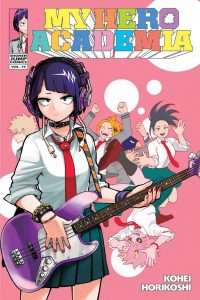 • Shoto Todoroki – He became Izuku’s friend after the Sports Festival, in which Izuku encouraged him to finally embrace the half of his powers that came from his odious dad, #2 hero Endeavor. He’s still got a complex about his dad, but he’s working through it. And, for his part, Endeavor is trying to become a better hero, too, though he’s got a long way to go.
• Shoto Todoroki – He became Izuku’s friend after the Sports Festival, in which Izuku encouraged him to finally embrace the half of his powers that came from his odious dad, #2 hero Endeavor. He’s still got a complex about his dad, but he’s working through it. And, for his part, Endeavor is trying to become a better hero, too, though he’s got a long way to go.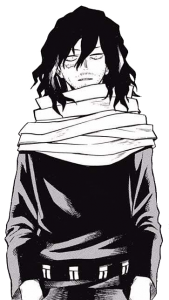 • Shota Aizawa – I saved the best for last. Aizawa is the homeroom teacher for class 1-A and I love him so, so much. He is a great teacher and puts a lot of thought into how best to encourage development in his students. One of my favorite Aizawa moments occurs at a press conference when he expresses absolute faith that Bakugo will not be tempted to join the League of Villains. “More than anyone, he pursues the title of top hero with all he has.” Later, during a home visit with Bakugo’s parents to discuss the new on-campus dormitories, Bakugo’s mom reveals how much she appreciated this proof that her son has been understood by his educators. “Most everything comes easy to him. His whole life, people’ve made a fuss about him… praising him for every little thing he does.” Aizawa sees Bakugo’s potential but also doesn’t let any of his shortcomings slide. I love, too, how he helps take care of Eri and buys her outfits with kitties on them.
• Shota Aizawa – I saved the best for last. Aizawa is the homeroom teacher for class 1-A and I love him so, so much. He is a great teacher and puts a lot of thought into how best to encourage development in his students. One of my favorite Aizawa moments occurs at a press conference when he expresses absolute faith that Bakugo will not be tempted to join the League of Villains. “More than anyone, he pursues the title of top hero with all he has.” Later, during a home visit with Bakugo’s parents to discuss the new on-campus dormitories, Bakugo’s mom reveals how much she appreciated this proof that her son has been understood by his educators. “Most everything comes easy to him. His whole life, people’ve made a fuss about him… praising him for every little thing he does.” Aizawa sees Bakugo’s potential but also doesn’t let any of his shortcomings slide. I love, too, how he helps take care of Eri and buys her outfits with kitties on them. Love in Focus, Vol. 1 by Yoko Nogiri
Love in Focus, Vol. 1 by Yoko Nogiri My Sweet Girl, Vol. 1 by Rumi Ichinohe
My Sweet Girl, Vol. 1 by Rumi Ichinohe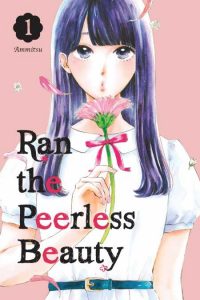 Ran the Peerless Beauty, Vol. 1 by Ammitsu
Ran the Peerless Beauty, Vol. 1 by Ammitsu World’s End and Apricot Jam, Vols. 1-2 by Rila Kirishima
World’s End and Apricot Jam, Vols. 1-2 by Rila Kirishima